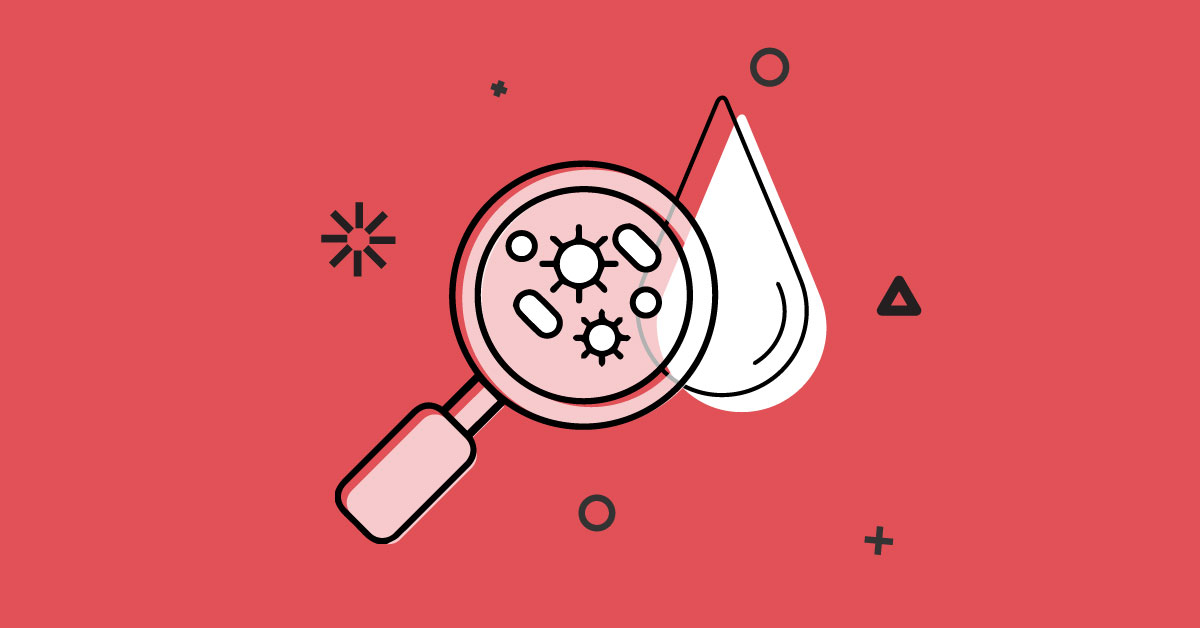How to Treat Coliform in Well Water
Coliform bacteria are naturally occurring organisms that exist in water, soil, and the bodies of humans and animals.
They are known as “indicator organisms” which means that, if you find coliform bacteria in your well, it’s an indication that the safety of your water supply may be compromised.
Finding coliform bacteria in your well doesn’t necessarily mean that your water will make you sick.
But it does mean that a “contamination pathway” exists between your well and a source of coliform bacteria. Common sources of coliform bacteria include stagnant water, septic systems, sewage plants, animal waste, or animal carcasses.

Particular types of coliform bacteria can provide even more specific indications of contamination pathways. For example, Escherichia coli (E. coli) indicates a contamination pathway between water and human or animal waste.
So, while consuming coliform bacteria is unlikely to cause illness, finding high levels of coliform bacteria in well water is not a preferable situation and requires action.
This page details the most common and effective ways of treating coliform in well water:
- Shock chlorination
- Plumbing & septic tank maintenance
- Continuous chlorination
- UV purification
Coliform treatment #1: Shock chlorination
Shock chlorination is a one-time water treatment method that can be periodically applied to wells with intermittent coliform bacteria contamination.
The treatment consists of supplying a large quantity of chlorine or other drinking water disinfectant to the well in a single instance. The levels of chlorine supplied in shock chlorination are too high for the water to be safely consumed. Depending on the well, it can take up to 24 hours to remove.
During shock chlorination, the disinfectant is allowed to circulate throughout the plumbing for several hours before being flushed through a home's system.
For most wells, the effects of shock chlorination should last between 6 and 12 months, or permanently if coliform contamination is due to a single isolate event.
Shock chlorination is not suitable for wells with an ongoing coliform contamination issue.
When is shock chlorination for coliform bacteria a good idea?
- When a well has become contaminated as the result of a one-off event, such as flooding, heavy rainfall, or during installation.
Coliform treatment #2: Plumbing & septic tank maintenance
As well systems age, the chance of coliform contamination increases.
Well lids can dry out and shrink over time, causing cracks, holes, or loose fittings. Pipes sealants can wear down and piping itself can corrode, especially in areas with highly acidic, alkaline, or hard water.
In any of these cases, repairs will need to be made and the system shock chlorinated before being tested again for coliform bacteria.
Properties with well water systems are also likely to use a septic tank. While there's no issue with having both a well and a septic tank on a single premise, both must be kept in good working order to avoid the risk of any cross-contamination.
If coliform bacteria escapes from a septic tank in the local area, it may infiltrate the soil or join surface water networks that can reach the well.
When is system maintenance for coliform bacteria a good idea?
- If coliform bacteria are found in an aging well water system when no other obvious cause is present.
Coliform treatment #3: Continuous chlorination
Some wells will have an ongoing issue with coliform bacteria. This is more likely to occur in shallow wells, incorrectly drilled and sealed wells, or wells located on farms and in agricultural areas.
If coliform bacteria are a persistent problem, well owners should install a well water filtration system capable of disinfecting the water supply entering the home.
A chlorinate is one such method of disinfection. Unlike shock chlorination, this system supplies similar amounts of chlorine to drinking water as if found in treated city water.
Most chlorinators contain a feed pump and sensor to measure out and supply chlorine to the water supply. The solution then spends time inside a holding tank, to allow sufficient contact between the disinfectant and any bacteria contained in the water.
Many people who use a chlorination stage in their well water filtration system choose to also install a carbon block filter. Carbon filters help to remove any residual tastes and smells resulting from chlorine use.
When is continuous chlorination for coliform bacteria a good idea?
- If a well has a continuous bacteria issue and the well owner is able to monitor and maintain a chlorine feed pump.
Coliform treatment #4: UV purification
Because it does not add chlorine or other disinfectant chemicals to the water supply, ultraviolet (UV) light has become a popular treatment for coliform and other bacteria in well water.
As it passes through a sleeve that completely shuts out natural light, well water is blasted with intense ultraviolet light. The genetic structure of coliform bacteria and other microbes is destroyed during this process, rendering them inert and safe to drink.
One downside of using a UV system for coliform bacteria is that, unlike when using chlorine, well water will not be continuously treated as it moves through a home's plumbing system. As a result, any bacteria entering the water supply downstream of the UV purifier will not be treated.
UV bulbs also lose their intensity over time and should be replaced around once per year.
When is UV purification for coliform bacteria a good idea?
- If a well requires continuous disinfection and the well owner prefers to use non-chemical treatments

